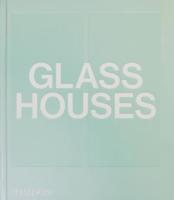Publisher's Synopsis
This text on the Park Hill Estate in Sheffield is the first in a series of "AA Documents" focusing on buildings and writings since the 1950s. It is intended that the polemical character of the selected projects and their corresponding "Documents" should contribute to the contemporary discourse of architecture.;Constructed between 1957 and 1961, Park Hill is one of the largest public-housing projects of its generation. In the mid-1990s, although still fully occupied, it can no longer sustain the optimistic confidence of its instigators. The deterioration of the social and public programmes, such as schools and shops, as well as the partial physical decay - abseiling teams hack off loose pieces of concrete from the facades at regular intervals - make one question the project's original aspirations.;What was once a gleaming housing estate - a radical response to the run-down and crime-ridden urban working class housing stock of Sheffield - is itself moving towards ruination. What do we do next? In any case, are the problems faced by Park Hill and estates like it sufficient cause for successive governments' eradication of an enlightened public-housing policy?;This work attempts to use the Park Hill Estate not only as a case-study for the revision of modernist housing, but as a point of reference for constructing new frameworks for future discussions and a renewed commitment to public housing. It includes texts by Andrew Saint, John Allan, Dan Cruickshank, Roger Harper and Philip Booth, David Mellor, Mohsen Mostafavi, Cedric Price and Ivor Smith.








